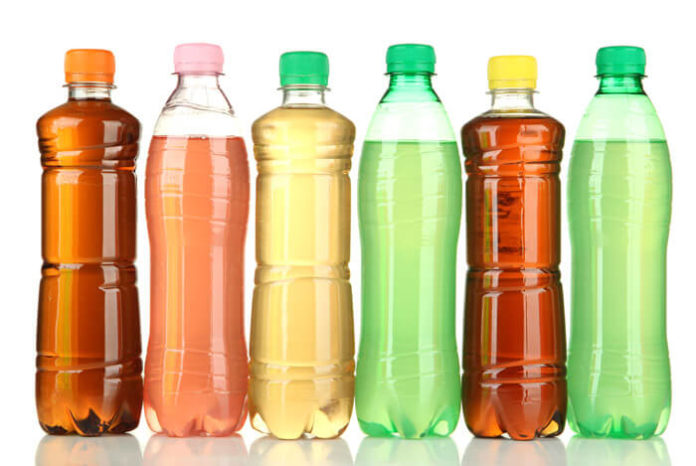There are water bottle secrets that everyone of us must know.
Obviously, almost everyone of us drink beverages from plastic bottles. It has become a way of life for most people who are on the go.
But, did you know that there are water bottle secrets underneath each bottle?
Water bottle secrets, secret number 1. Never reuse plastic bottles
There is a big possibility that a plastic bottle can exude dangerous chemicals. There are special signs on the bottom of these plastic bottles, they indicate which kind of plastic was used.
- A bottle labeled 1 (PET or PETE (Polyethylene Terephthalate) is only safe for a single use. When exposed to oxygen or high temperatures, including sun heat, such a bottle will discharge toxic substances that get into the water.
- This type of recyclable plastic bottle is usually clear and used to make soda bottles, water bottles, beer bottles, salad dressing containers, mouthwash bottles and peanut butter containers. Some consider it safe, but this plastic is known to allow bacteria to accumulate.
- This type of plastic is recycled into tote bags, furniture, carpet, paneling, fiber, and polar fleece.
- Bottles labelled 3 exude toxic chemicals which are able to penetrate food and drinks. Lengthy exposure to these chemicals can result to severe health problems as they may contain phthalates, which are linked to numerous health issues ranging from developmental problems to miscarriages. is used to make food wrap, plumbing pipes, and detergent bottles, and is seldom accepted by curbside recycling programs.
- They also contain DEHA, which can be carcinogenic with long-term exposure. DEHA has also been linked to loss of bone mass and liver problems. Don’t cook with or burn this plastic.
- It’s found in shampoo bottles, clear food packaging, cooking oil bottles, medical equipment, piping, and windows.
- This plastic is recycled into paneling, flooring, speed bumps, decks, and roadway gutters.
- Bottles labelled 7 contain polycarbonate, which contains the toxic bisphenol-A (BPA). These plastics should be avoided due to possibly containing hormone disruptors like BPA, which has been linked to infertility, hyperactivity, reproductive problems, and other health issues.
- This type of plastic is found in sunglasses, iPod cases, computer cases, nylon, 3- and 5-gallon water bottles, and bullet-proof materials. They are recycled into plastic lumber and other custom-made products.
- Bottles labelled (2 and 4) are made of polyethylene and 5 made of polypropylene (5 and PP) are suitable for multiple uses. They’re classified safe if you only store cold water in them and regularly disinfect them.
Water Bottle Secrets, Secret Number 3. Bacteria may be present in used plastic bottles
Never drink water from a used plastic bottle. Drinking liquids from used plastic bottles is almost the same as licking a toilet seat, or worse. We never know when the amount of bacteria has exceeded dangerous levels from reusing used bottles. Remember, bottles went through an exchange of hands. We never know if these hands are contaminated or not or have been stored under safe conditions.
Even if we wash these types of bottles thoroughly, we may still get food poisoning or even hepatitis A. It is best to use a straw when drinking liquids from bottles. Still, check the insides of a straw before dipping it in your beverage and before you sip from it.
Don’t be fooled by fancy advertisements or television commercials. Don’t buy from water bottle vendors as they may just be reusing water bottles and resealing them with fancy tapes to make them appear like they have not been tampered with. There are cases where street bottled water vendors got thee water from ordinary public faucets.
Water Bottle Secrets, Secret Number 1. Unhealthy
There are new flavored water products out in the market, to attract the millenial market, claiming ‘healthy’ options, like sugar free, or zero sugar content.
Always check the nutritional information on the label.









